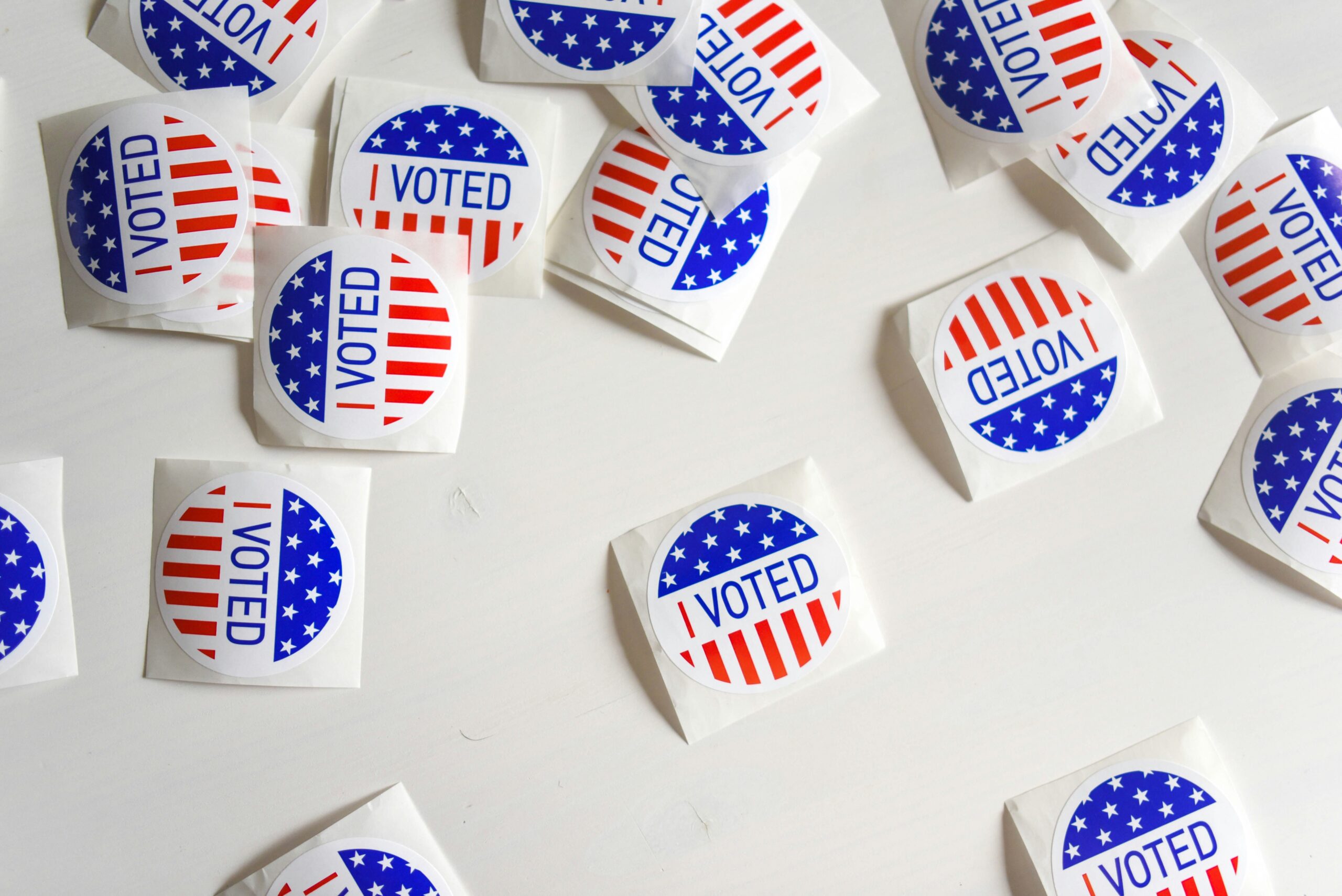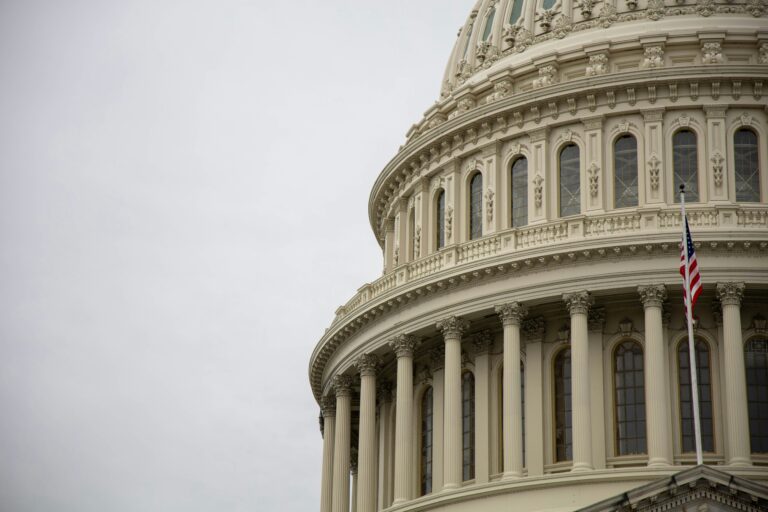
The integrity and transparency of electoral processes are fundamental to the health of any democracy. However, as elections increasingly rely on digital infrastructure, they have become more vulnerable to threats such as cyber-attacks, voter fraud, and the manipulation of results. These vulnerabilities, combined with growing concerns over election integrity, have prompted a search for more secure and transparent voting systems. One technology that has emerged as a promising solution is blockchain.
Originally developed as the underlying technology for cryptocurrencies like Bitcoin, blockchain offers a decentralized, tamper-resistant ledger system that can provide transparency, security, and trust. These attributes make it particularly well-suited for addressing the challenges of modern electoral systems. By creating an immutable record of votes and ensuring the security of voter data, blockchain could revolutionize the way elections are conducted, offering new opportunities for transparency, security, and voter confidence.
This article investigates how blockchain technology could be used to improve the transparency and security of electoral processes, exploring its potential benefits, challenges, and real-world applications.
What is Blockchain Technology?
At its core, blockchain is a distributed ledger technology that enables the secure and transparent recording of transactions across multiple computers (nodes) in a network. Each transaction is recorded in a “block,” and these blocks are linked in a chronological “chain,” forming an immutable record that is resistant to tampering or alteration. Once a block is added to the blockchain, it cannot be changed without the consensus of the majority of the network’s nodes.
Key features of blockchain include:
- Decentralization: Unlike traditional systems that rely on a central authority (such as a bank or government agency) to validate transactions, blockchain is decentralized. Multiple participants in the network independently verify and validate each transaction, ensuring that no single entity has control over the entire system.
- Transparency: Blockchain allows for the transparent recording of transactions. While personal information can be encrypted to protect privacy, the overall process is visible to all participants in the network, making it easier to audit and verify the accuracy of the records.
- Immutability: Once data is recorded in a blockchain, it cannot be altered or deleted without altering every subsequent block. This immutability ensures that the records are tamper-proof and can be trusted as a secure source of truth.
- Security: Blockchain relies on cryptographic techniques to secure data, making it difficult for unauthorized actors to hack or manipulate the system. This security is further enhanced by the decentralized nature of blockchain, which makes it more resilient to attacks than centralized systems.
The Potential of Blockchain in Elections
The use of blockchain technology in elections has the potential to address several key challenges associated with traditional voting systems, including concerns about election integrity, transparency, voter fraud, and data security. Below are some of the ways in which blockchain could improve electoral processes:
1. Transparency and Trust in Voting
One of the biggest advantages of blockchain in elections is the potential to increase transparency and trust in the voting process. In a blockchain-based election system, each vote would be recorded as a transaction on a blockchain, creating an immutable and verifiable record of the vote. Voters could track their vote through the system to ensure that it was correctly counted, and third-party auditors could verify the accuracy of the entire election process.
Blockchain’s transparency can also help to reduce skepticism and accusations of fraud, as it would be nearly impossible to alter the voting record without detection. Every voter and interested party would have access to a public ledger of votes (with privacy protections in place), making it easier to conduct independent audits and ensure that the election results reflect the will of the people.
2. Preventing Voter Fraud and Tampering
Voter fraud, including double voting, vote tampering, and identity theft, is a concern in both traditional and digital voting systems. Blockchain’s decentralized and secure nature offers a solution to these problems by creating a tamper-resistant voting record.
In a blockchain-based election, once a vote is cast and added to the blockchain, it cannot be altered or deleted. This immutability ensures that votes cannot be tampered with after they are recorded. Additionally, blockchain can prevent double voting by ensuring that each voter’s identity is securely verified and that each person can only vote once.
Blockchain could also incorporate cryptographic techniques such as zero-knowledge proofs to ensure voter anonymity while still verifying that each voter is registered and eligible to vote. This would prevent fraud without compromising privacy.
3. Increasing Voter Participation
Blockchain-based voting systems could potentially increase voter participation by making it easier and more secure for people to vote remotely. In many countries, voter turnout is hampered by logistical challenges, such as long distances to polling stations, limited voting hours, or restrictions on absentee voting. Blockchain could enable secure online voting, allowing voters to participate from anywhere in the world using a smartphone or computer.
By providing a convenient and secure method for voting, blockchain technology could make the electoral process more accessible to people with disabilities, those living in remote areas, and citizens residing abroad. This could result in higher voter turnout and more representative election outcomes.
4. Streamlining Election Administration and Reducing Costs
Traditional election administration can be cumbersome and expensive, involving the printing of paper ballots, the staffing of polling stations, and the manual counting of votes. Blockchain could streamline many aspects of election administration by automating vote collection, tallying, and verification.
With a blockchain-based system, votes would be securely recorded and counted automatically, reducing the need for manual labor and minimizing the risk of human error. The transparency of the system would also allow for real-time monitoring and auditing, reducing the time and costs associated with post-election verification and recounts.
5. Securing Voter Data and Election Results
The security of voter data and election results is a critical concern in the digital age. Election databases, voter registration systems, and electronic voting machines are prime targets for cyber-attacks, and breaches can have serious consequences for election integrity.
Blockchain’s decentralized and encrypted architecture makes it inherently more secure than traditional, centralized election systems. By distributing the data across multiple nodes in the blockchain network, blockchain makes it far more difficult for hackers to compromise the system. Any attempt to alter data in one node would be detected by the rest of the network, preventing fraudulent manipulation.
Furthermore, blockchain’s use of cryptographic techniques ensures that voter data is kept private while still allowing for the secure verification of each vote.
Real-World Applications of Blockchain in Elections
Several countries and organizations have already begun experimenting with blockchain technology to improve electoral processes. These real-world applications provide insights into the potential benefits and challenges of using blockchain in elections.
1. Estonia’s Digital Democracy
Estonia is often cited as a global leader in digital governance, and its use of blockchain technology is no exception. The country has implemented blockchain in various aspects of its e-governance system, including secure digital identities for its citizens. Estonia has been using electronic voting since 2005, and blockchain is now being used to enhance the security and transparency of its voting system.
Estonia’s blockchain-based voting system allows citizens to cast their votes online while ensuring that votes are securely recorded and verified. The country’s use of blockchain has helped build trust in its electoral system and reduce concerns about fraud and tampering.
2. West Virginia’s Blockchain Pilot for Overseas Voting
In the 2018 midterm elections, the state of West Virginia in the United States conducted a pilot program that used blockchain to enable military personnel stationed overseas to vote securely via a mobile app. The blockchain-based system was designed to provide a secure and verifiable way for voters to cast their ballots remotely, without the risk of tampering.
While the pilot program was small, it demonstrated the potential for blockchain to be used in other contexts, such as absentee or remote voting, where security and verification are paramount concerns.
3. Sierra Leone’s Blockchain Election
In 2018, Sierra Leone became the first country to use blockchain to verify votes in a national election. The country partnered with a Swiss-based blockchain company to test the technology’s ability to securely record and verify election results. While blockchain was not used for the entire election, it was successfully used to record and track votes in a subset of the election process.
The use of blockchain in Sierra Leone’s election was an important milestone, showcasing the technology’s potential to improve electoral transparency and reduce the risk of fraud in developing countries with less robust election infrastructure.
Challenges and Limitations of Blockchain in Elections
While blockchain holds significant promise for improving electoral transparency and security, there are also several challenges and limitations that must be addressed before widespread adoption is feasible.
1. Technical Complexity and Scalability
Blockchain technology is still relatively new, and implementing it on a large scale—such as in national elections—presents significant technical challenges. One of the main concerns is scalability. Blockchain systems, especially public blockchains, can struggle with processing large numbers of transactions quickly. In the context of a national election with millions of voters, blockchain systems would need to be able to handle high volumes of voting transactions in real-time.
There are also concerns about the energy consumption of blockchain systems, particularly those that rely on proof-of-work consensus mechanisms, which are energy-intensive. More sustainable blockchain solutions, such as proof-of-stake, will need to be explored to make blockchain voting scalable and environmentally friendly.
2. Voter Privacy and Anonymity
While blockchain is secure and transparent, maintaining voter privacy and anonymity can be challenging in a blockchain-based election system. Because blockchain creates an immutable record of each vote, there is a risk that voter identities could be linked to their votes, compromising the secrecy of the ballot. Ensuring that blockchain systems can protect voter anonymity while still providing transparency and verifiability is a key challenge.
Cryptographic techniques, such as zero-knowledge proofs and homomorphic encryption, offer potential solutions to this problem, allowing for the verification of votes without revealing individual voter identities. However, these technologies are still in development
and will need to be refined before they can be widely implemented in elections.
3. Digital Divide and Accessibility
One of the promises of blockchain voting is that it could increase voter participation by enabling remote and online voting. However, not all voters have access to the necessary technology or digital literacy to participate in a blockchain-based voting system. In countries with significant digital divides, implementing a blockchain voting system could exacerbate inequalities in voter participation.
Governments considering the use of blockchain in elections must ensure that all citizens have equal access to the voting process, regardless of their technological capabilities or geographic location. This may involve providing access to secure voting devices or offering alternative voting methods for those who cannot use digital systems.
4. Regulatory and Legal Frameworks
The adoption of blockchain in elections will require the development of new regulatory and legal frameworks to ensure its proper use and governance. Governments will need to establish rules for the certification and auditing of blockchain voting systems, as well as protocols for handling disputes or technical issues that arise during elections.
Additionally, international standards for blockchain-based elections will need to be developed to ensure that the technology is used consistently and securely across different countries and electoral systems.
Conclusion: The Future of Blockchain in Electoral Transparency
Blockchain technology offers significant potential to improve the transparency, security, and trustworthiness of electoral processes. By creating an immutable, decentralized ledger of votes, blockchain can prevent tampering, reduce fraud, and increase voter confidence in the integrity of election outcomes. Moreover, the convenience of blockchain-based voting systems could lead to higher voter participation by enabling secure online voting.
However, the successful implementation of blockchain in elections is not without challenges. Technical scalability, voter privacy, digital accessibility, and regulatory frameworks all need to be addressed before blockchain can be widely adopted in national and international elections.
As governments and technologists continue to explore the potential of blockchain, pilot projects and small-scale applications will help refine the technology and demonstrate its feasibility in real-world elections. If these challenges can be overcome, blockchain could play a pivotal role in shaping the future of electoral transparency and ensuring the integrity of democratic processes in the digital age.



